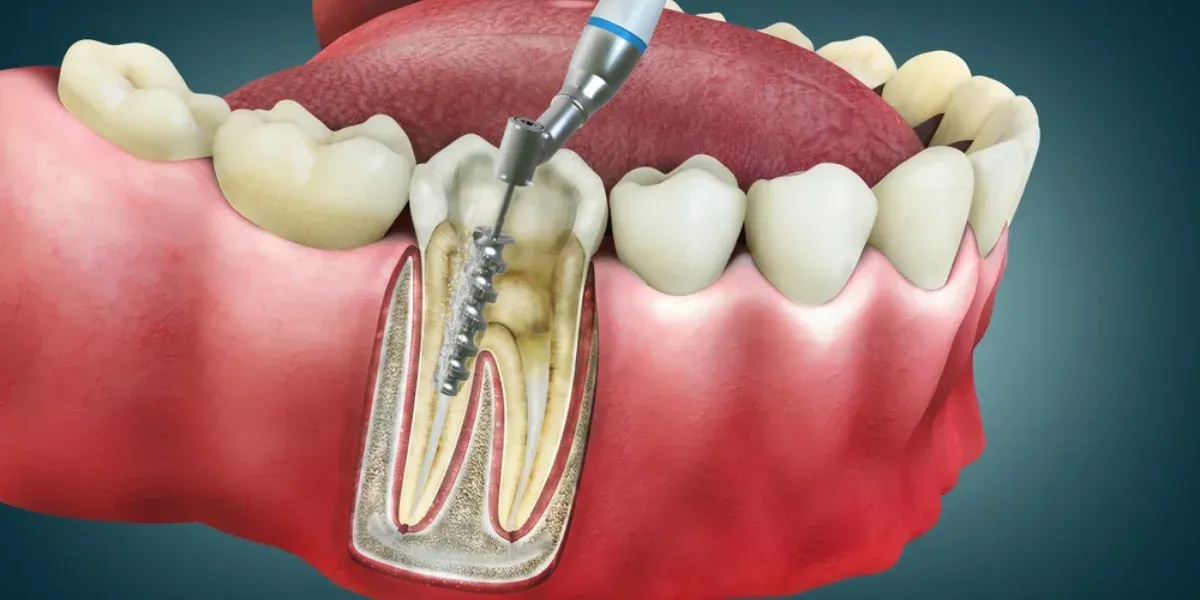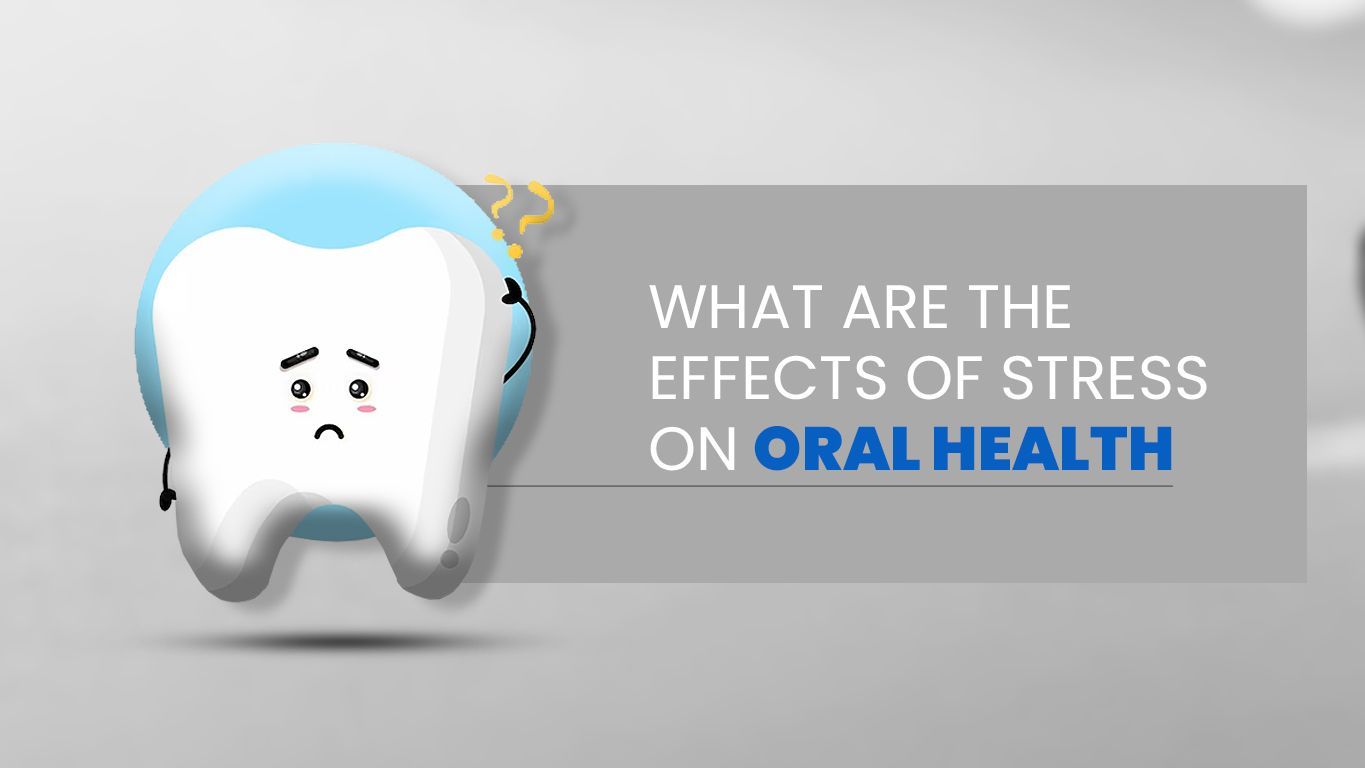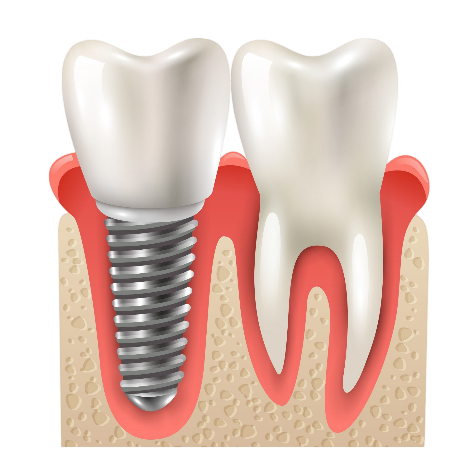The Best Tooth-Colored Fillings That Last

That tooth that you had filled several years ago suddenly becomes painful and sensitive. A new filling is in order and you wonder what’s the best tooth-colored filling. Another question to consider is whether a tooth-colored filling is the best choice and how long will it last?
Tooth-colored fillings, more properly known as composite dental fillings, incorporate several materials to create the filling material. Tooth-colored fillings offer a more natural look in teeth closer to the front of your mouth. Most composite dental fillings will last from 5 to 10 years.
Each filling material generally used today has its advantages and its disadvantages. Understanding how these filling materials work, their pros and cons, and listening to your dentist's advice can help you discuss your options with a greater degree of understanding. We’ll look at tooth-colored fillings and whether they are the right choice for you.
Modern Composite Fillings – The Natural and Lifelike Alternative
New composite tooth filling materials have brought a new dimension to filling cavities. These new materials, born of the technological boom of the 20th century, offer patients many more options than previous dental filling materials.
The ability to tint the filling to match the surrounding tooth material can make a dental filling almost disappear. Where problems requiring fillings in front teeth exist, the ability to maintain a natural look can be a huge item for some people. Composite fillings are becoming more and more popular for good reasons.
Pros of Composite Fillings
- Visual appeal – Many people don’t want a cavity on a tooth near the front of the mouth filled with either gold or amalgam. Composite materials offer the advantage of being almost invisible when skillfully applied.
- Strength and durability – Composite materials harden quicker, stay harder, and bond tighter to tooth material. These attributes of composite filling materials make them excellent choices for back teeth as well as front teeth.
- Fast repairs – Composite filling materials are quick for a dentist to use. Most of these composite materials will gain the majority of their strength in seconds after being applied. The balance of their strength comes in just a few hours. Compared to some other filling materials that can take days to harden fully, composite materials work at light speed.
Cons of Composite Materials
- More costly – Composite fillings are more expensive than amalgam fillings. The higher cost may make the use of composite dental materials hard for some people to justify. Some insurance companies will not pay for composite fillings.
- Prone to staining – Just like your real teeth, composite fillings are subject to staining. Staining problems depend a lot on what you eat and drink.
Other Dental Filling Materials?
There are several materials in general use by dentists to fill cavities. The most popular are:
- Amalgam tooth fillings
- Composite tooth fillings
- Gold tooth fillings
It is important to understand each kind of filling material and its advantages and disadvantages when discussing with your dentist which filling material best fits your situation.
Amalgam Fillings – The Go-To Standard for Dentists
Amalgam fillings are the workhorse of the dental filling world. Dentists routinely use this filling material where appearance is not a real factor. If you have fillings in your back teeth out of routine sight, they are more than likely amalgam fillings.
What is Amalgam?
According to the FDA, dental amalgam is a mixture of several metals for making dental fillings. The actual ingredients of dental amalgam are:
- Liquid (elemental) mercury
- Silver
- Tine
- Copper
These materials' ratio is approximately 50% elemental mercury and equal parts of the other metals in powdered form. These metals' chemical properties cause the elemental mercury to reach with the other metals to form an amalgam, which rapidly hardens.
The Pros and Cons of Amalgam Fillings
The popularity of amalgam fillings is undisputed, especially for performing dental fillings in children. However, in recent years, some concerns have arisen about the possible health effects of amalgam fillings. These metal fillings are still approved for use and offer some significant benefits over other types of fillings.
Pros of Amalgam Fillings
- Affordability - Amalgam fillings are probably the cheapest of the filling materials now in use. When combined with the other advantages of amalgam fillings, the cost keeps them popular options for filling in teeth.
- Strength and durability – Amalgam fillings are, by their very metallic nature, strong and robust. The strength and durability make amalgam fillings ideal for filling cavities on back teeth where the most wear and tear occurs. The average life span of an amalgam filling is twelve years.
- Cavity protection – If you are prone to cavities, an amalgam filling can help protect the adjacent teeth from developing cavities.
- No Food Restrictions – Amalgam fillings don’t come with food restrictions like other filling materials. Amalgam fillings are much less prone to breaking when chewing hard foods.
Cons of Amalgam Fillings
As good as they are, amalgam fillings do have some drawbacks. Perhaps the one most prevalent at this time is the use of mercury in the filling material. Many people, including some dentists among them, believe that the mercury in the amalgam can move into other parts of the body. Mercury is toxic and can cause some serious side effects. Other effects of amalgam fillings are:
- Tooth Stains – In some cases, amalgam fillings may cause staining of the surrounding tooth material. Regular dental cleaning will not remove these stains. Removing these stains often required the dentist to remove the filling to remove the stains.
- Tooth Sensitivity – Amalgam fillings can cause tooth sensitivity. Metal is a good conductor of heat and cold. If the filling is close to the nerve in the tooth, this can lead to increased sensitivity and pain.
- The silver color – Many people don’t like the look of amalgam fillings in the front of their mouths. Over time amalgam tends to darken, which can further detract from a person's smile.
The Glint of Gold – Gold Fillings
Gold has been used for a long time for filling cavities in teeth. The first processes for making gold fillings involved hammering small bits of gold foil into the tooth's prepared cavity. This technique was a long and often painful process.
Fortunately, you no longer need to endure this process to enjoy a glittering gold filling in your tooth. Gold has many advantages over other filling materials. There are also disadvantages as well.
Advantages of Gold Fillings
Gold is durable – When used as a filling material, gold is as durable as they come. In many cases, a properly made gold filling will last as long as 30 years. Gold fillings are usually an alloy of gold, copper, and other metals.Gold looks good – Many people find the glint of a gold filling attractive. For fillings closer to the front of the mouth, or where the dentist notes excessive wear, gold may be the best choice.
Gold is inert – Gold is one of the most stable elements on earth. It reacts to very few other metals. This inert behavior makes gold fillings attractive to many people who fear other filling materials' health effects.
Disadvantages of Gold Fillings
- Gold is expensive – Gold prices have been on the rise for the past few years. This ever-escalating price makes gold fillings the most expensive option. In some cases, a gold filling may approach ten times the cost of an amalgam filling
- More Trips to the Dentist – Gold fillings require more trips to the dentist to be properly prepared and fitted. More trips to the dentist mean more time in the dentist's chair and more expense for repeated dental appointments.
- More sensitive teeth – Gold is one of the best conductors of hot and cold known. This property of gold can make teeth fitted with gold fillings more sensitive.
The Choice of Composite Fillings
With some understanding of each filling material pros and cons, you have a meaningful discussion with your dentist about your needs. There are other considerations beyond looks and cost. The extent and location of the damage to your tooth can have as much impact on choosing the best tooth filling material as anything else.
Overall, tooth-colored filling material is a great choice in most instances. Composite filling material offers an excellent compromise on cost, life span, and durability. Add to that the ability to match your teeth and maintain that movie star smile, and you have a winning combination.
If you are in need of restorative dental services in Ellicott City Maryland schedule an appointment here or call us at 410-465-3021











